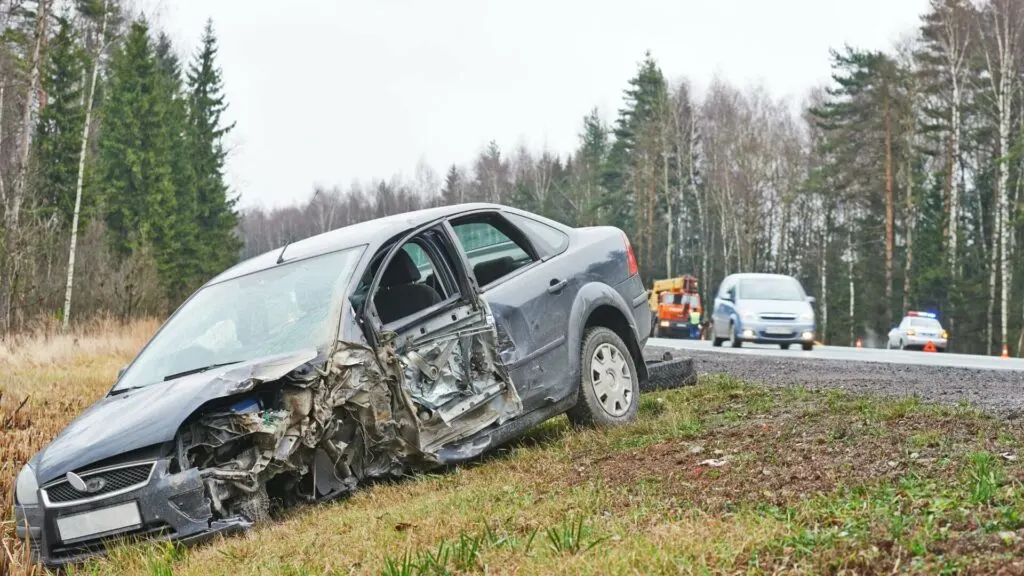Determining liability in a car accident is crucial for resolving insurance claims and legal disputes. It involves proving who was at fault for causing the accident, which can be complex depending on the specifics of the incident.
This blog will explore the steps involved in proving liability in a car accident case, providing valuable insights for anyone involved in such a situation.

1. Understanding the Basics of Liability
Liability in car accidents is generally determined by the concept of negligence. To prove negligence, the claimant must establish several elements:
- Duty: The defendant had a legal duty to behave in a certain way toward the plaintiff under the circumstances.
- Breach: The defendant breached that legal duty by acting or failing to act in a certain way.
- Causation: It was the defendant’s actions (or inaction) that actually caused the plaintiff’s injury.
- Damages: The plaintiff was harmed or injured as a result of the defendant’s actions.
2. Gathering Evidence

Collecting comprehensive evidence is crucial for proving negligence in a car accident. Here’s what to focus on:
- Police Reports: Always call the police after an accident. The report they file will include a third-party view of the accident scene and may include a preliminary assessment of fault.
- Witness Statements: Witnesses can provide objective accounts that might support your version of events. Collect names, addresses, and phone numbers of anyone who was present at the scene.
- Photographs and Videos: Take photos or videos of the accident scene, including all vehicles involved, any visible damages, road conditions, traffic signs, and lights.
- Medical Records: If you were injured, detailed medical records link your injuries directly to the accident, proving the impact and the necessity for potential compensation.
- Expert Testimony: In complex cases, professionals such as accident reconstruction experts can provide insights into how and why the accident occurred, which can be pivotal in proving fault.
3. Utilizing Legal Theories
Several legal theories might be used to establish liability:
- Negligence: As mentioned, most car accident liabilities are proven based on negligence.
- Recklessness: If a driver’s actions show a disregard for the safety of others, they can be considered reckless, and proving this can impact the liability.
- Strict Liability: In some cases, such as those involving defective products or an inherently dangerous activity, liability can be established without proving negligence.
4. Understanding Comparative and Contributory Negligence
Different states have different rules affecting how damages are awarded based on the plaintiff’s own negligence:
- Comparative Negligence: The plaintiff’s compensation is reduced by a percentage equivalent to their fault in the accident.
- Contributory Negligence: In some states, if the plaintiff is found to be even slightly at fault, they might not recover any damages.
5. Dealing with Insurance Companies
When proving liability to insurance companies, the same evidence is crucial. However, dealing with insurers can be tricky:
- Communicate Carefully: Be cautious about what you say to insurance adjusters. Stick to the facts without admitting fault or giving more information than necessary.
- Settlement Offers: Consider any settlement offers carefully. Insurers might attempt to settle quickly for less than what you might be entitled to.
6. Hiring a Car Accident Lawyer
Given the complexities involved in proving liability, hiring a car accident lawyer can be beneficial. They can help:
- Navigate legal complexities: Lawyers understand the nuances of the law and how to apply them to your specific case.
- Handle negotiations: Experienced lawyers can deal effectively with insurance companies to ensure fair compensation.
- Represent you in court: If your case goes to trial, having a professional advocate on your side is invaluable.
Conclusion
Proving liability in a car accident involves understanding legal principles, gathering substantial evidence, and often dealing with contentious negotiations. Whether navigating this process on your own or with the help of a professional, being informed and prepared makes a significant difference in the outcome of your case. Understanding these steps ensures that you are well-equipped to handle the challenges of proving liability in a car accident case.

Jessi is the creative mind behind The Coffee Mom, a popular blog that combines parenting advice, travel tips, and a love for all things Disney. As a trusted Disney influencer and passionate storyteller, Jessi’s authentic insights and relatable content resonate with readers worldwide.
